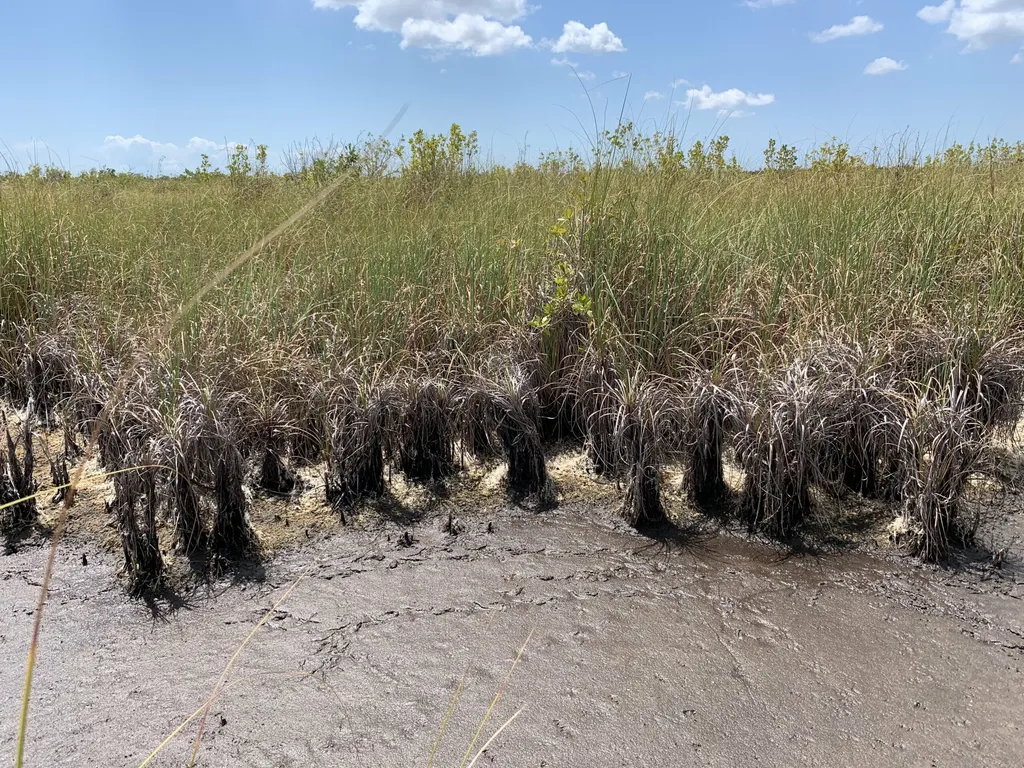In the heart of Florida, the Everglades stands as a testament to nature’s resilience, but also to humanity’s impact. A recent study published in *Mires and Peat* sheds light on the staggering loss of peat in this iconic wetland, with profound implications for agriculture and ecological restoration. The research, led by S.M. Hohner, leverages historical and recent data to quantify the peat loss, offering a sobering perspective on the region’s ecological health.
The Everglades, once a vast peatland, has seen about 50% of its original surface area drained for agricultural and urban development. But the loss of peat—a crucial driver of ecological processes—has been even more dramatic. Using Geographic Information Systems (GIS) technology, Hohner and his team compared predrainage and current peat volumes. Their findings are stark: the current Everglades contains less than 24% of its original peat volume, 17% of its mass, and 19% of its carbon.
“This study highlights the urgent need for restoration efforts,” says Hohner. “The loss of peat not only affects the ecological balance but also has significant commercial impacts, particularly for the agriculture sector.”
The implications for agriculture are substantial. Peatlands play a critical role in water retention and nutrient cycling, both of which are vital for sustainable farming. The loss of peat can lead to soil degradation, reduced water availability, and decreased agricultural productivity. As restoration plans aim to increase surface water flow, the hope is to prevent further peat loss and encourage the accretion of lost peat.
The study’s findings underscore the importance of integrating historical data with modern technology to inform restoration efforts. “By understanding the extent of peat loss, we can better design strategies to restore the Everglades and mitigate the impacts on agriculture,” Hohner explains.
The research also opens up new avenues for future developments in the field. As agritech continues to evolve, the integration of GIS technology and historical data could become a standard practice in ecological restoration. This approach could be applied to other peatlands around the world, providing valuable insights for conservation and agricultural planning.
In the quest to restore the Everglades, this study serves as a wake-up call and a roadmap. It highlights the urgent need for action and offers a scientific foundation for future efforts. As we move forward, the lessons learned from the Everglades could shape the future of peatland management and agricultural sustainability.

